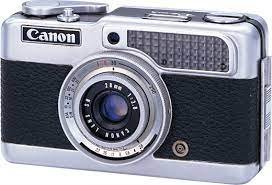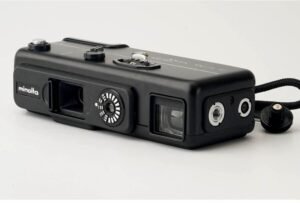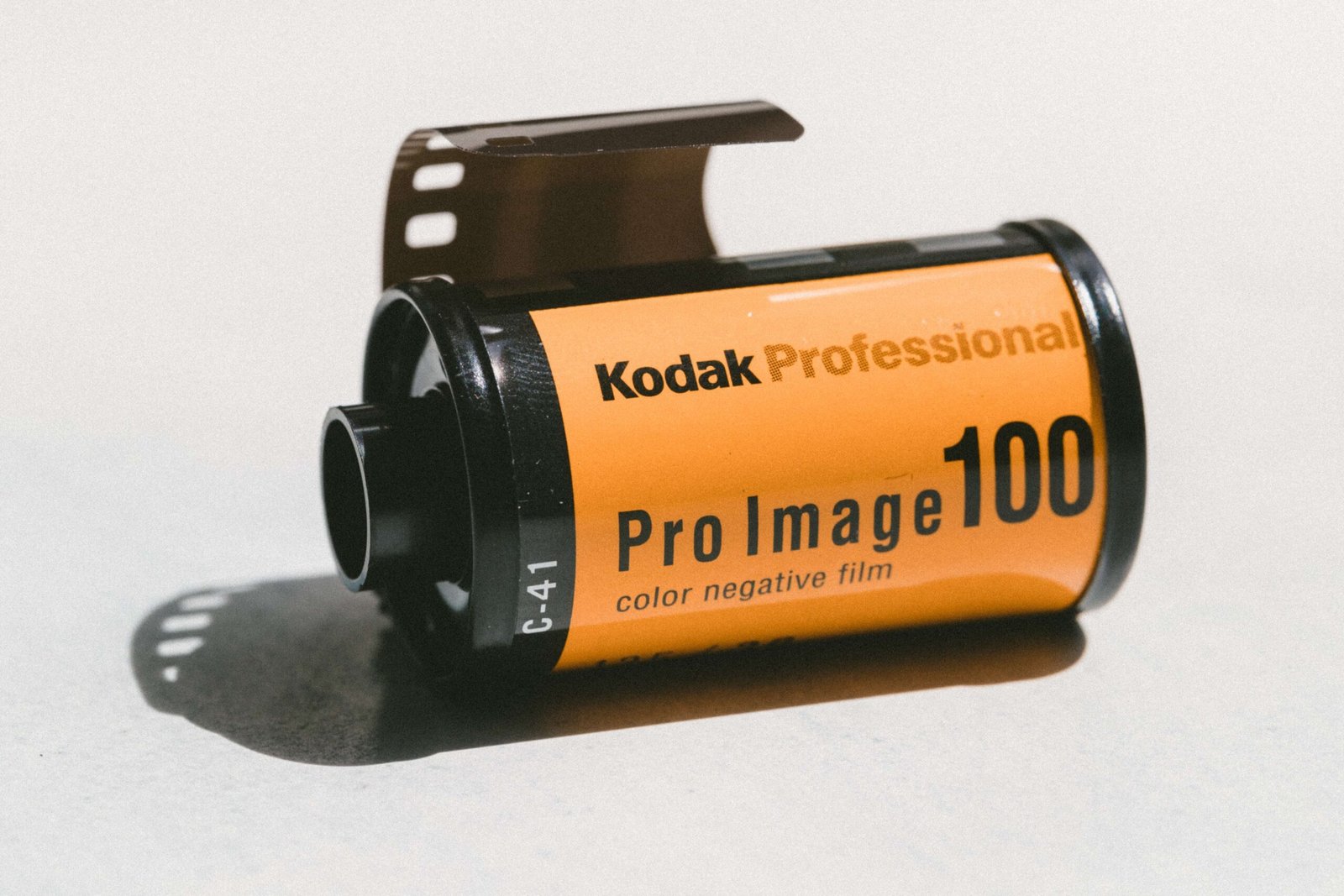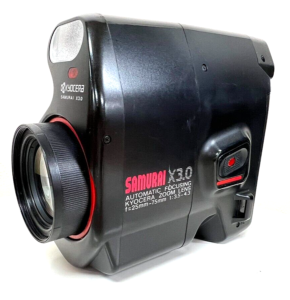Half-frame cameras, also known as subminiature cameras, are a type of film camera that capture images on half the standard 35mm film frame. Rather than exposing the full-frame area (36mm x 24mm), these cameras utilize half of that space (18mm x 24mm) to capture two images side by side, resulting in twice the number of exposures per roll of film.
The concept of half-frame photography originated in the 1930s as a response to the high cost of film and the desire for more affordable and portable cameras. The first commercially successful half-frame camera was the “Demi” introduced by the French company André Debrie in 1934. However, it was not until the 1960s and 1970s that half-frame cameras gained widespread popularity.
Advantages and Characteristics of Half-Frame Cameras:
Increased Number of Shots
The primary advantage of half-frame cameras is their ability to capture double the number of exposures on a standard roll of 35mm film. Instead of the typical 24 or 36 exposures, these cameras can yield 48 or 72 shots per roll. That’s quite a difference, especially now with film prices higher than ever. Half-frame photography offers a more cost-effective alternative, as it allows photographers to capture more images per roll of film, reducing overall film and processing expenses.
Half-Frame Cameras are Compact and Portable
Half-frame cameras are often more compact and lightweight than their full-frame counterparts. Their smaller size makes them convenient for carrying around, making them popular among travelers and street photographers.
Extended Shooting Time
With double the number of exposures per roll, photographers can shoot for longer periods without needing to reload or carry multiple rolls of film, allowing for more spontaneous and continuous shooting. This goes along with the last point of being a more portable option. It’s not like a roll of film takes up that much space in a bag, but if you’re on a long trip or out for a hike or something, there does come a point where you might be weighing the options.
Unique Image Layout
The smaller frame size of half-frame photography results in a unique aspect ratio, AKA the “portrait” orientation, where the width is shorter than the height. These days that’s the standard orientation on social media, but it used to be a more unique orientation and therefore created some unique shooting circumstances. If you shoot portrait anyway, with a half-frame camera you don’t need to turn the camera to get it.
Notable Half-Frame Cameras
Several manufacturers produced notable half-frame cameras over the years, including Olympus, Canon, Konica, and Minolta. The Olympus Pen series, introduced in the 1960s, gained significant popularity and featured a range of models known for their compactness and excellent image quality. The Canon Demi EE17 and Canon Dial 35 were other notable half-frame cameras that garnered attention.
Olympus Pen Series
The Olympus Pen series is widely regarded as one of the most iconic and successful lines of half-frame cameras. Models like the Olympus Pen F, Pen FT, and Pen EE series gained popularity for their compact size, reliable performance, and excellent optics.
Canon Demi Series

Canon’s Demi series, particularly the Canon Demi EE17, gained popularity for its compact design and ease of use. It featured a sharp lens, automatic exposure, and a distinctive dial design.
Konica Auto S3
Although not exclusively a half-frame camera, the Konica Auto S3 gained a dedicated following due to its versatile 38mm f/1.8 lens, reliable metering, and solid build quality. It could be set to half-frame mode, enabling photographers to capture images in that format.
Minolta 16 Series

The Minolta 16 series is a unique line of half-frame subminiature cameras that use 16mm film.
These cameras, such as the Minolta 16 QT, are known for their compactness and portability, making them popular among spy camera enthusiasts and collectors. There’s something very satisfying about the shape of spy cameras.
Yashica Samurai Series
The Yashica Samurai series, including models like the Yashica Samurai X3.0 and X4.0, offers a distinctive design with a horizontal grip and an electronically controlled, half-frame format. These cameras are notable for their versatility and unique shooting experience.
Half-frame film cameras will take any type of 35mm film that you would use in other 35mm film cameras. Just with double the images.
Half-frame cameras have provided photographers with a unique and economical approach to film photography.
Offering double the number of exposures per roll, compactness, and a distinctive aspect ratio, they have attracted enthusiasts and artists alike. While digital photography has become dominant in recent years, the charm and creative possibilities offered by half-frame cameras continue to captivate those who appreciate the art of analog photography.




